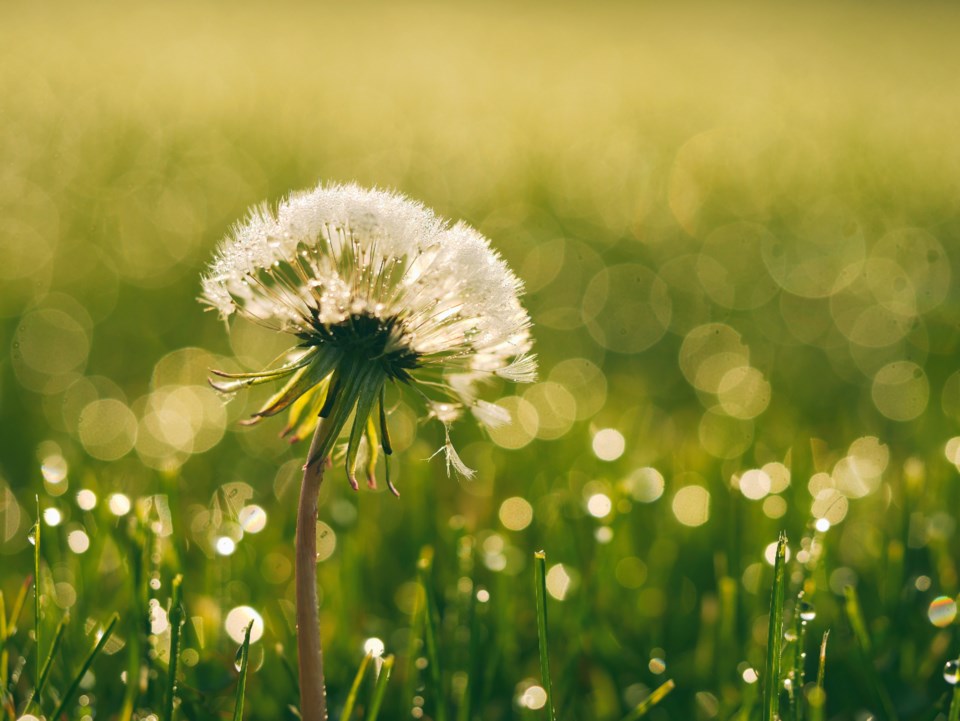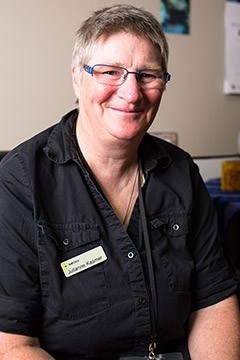 Every day I encounter some remarkable people. In almost seven years at Our Place Society, I have heard countless stories of hardship, deprivation, abuse, longing, hope and joy. I am continually surprised, moved and inspired by the resilience and hopefulness of people who have often experienced the worst the world has to offer.
Every day I encounter some remarkable people. In almost seven years at Our Place Society, I have heard countless stories of hardship, deprivation, abuse, longing, hope and joy. I am continually surprised, moved and inspired by the resilience and hopefulness of people who have often experienced the worst the world has to offer.
Hope is a primary word in the Christian lexicon. The apostle Paul, in his letter to the Corinthians, ranks hope in the top three virtues, between faith and love. At Our Place, hope figures prominently in our vision: Hope and Belonging.
Author Joanna Macy says hope can have two meanings. The first involves hopefulness, where our preferred outcome seems reasonably likely. Hopefulness of this sort can seem unrealistic when we are in the midst of personal or family crises or contemplating the effects of local and global inequity, war, violence, or the wholesale degradation of the biosphere. But there is another kind of hope, centred less on reasonably expected outcomes and more on deep longing. Macy describes it as “…knowing what we hope forand what we’d like, or love, to take place.” (Joanna Macy & Chris Johnstone, Active Hope: How to Face the Mess We’re in without Going Crazy, 2012)
Active Hope is a practice… something we do rather than have. It is a process we can apply to any situation, and involves three key steps. First, taking a clear view of reality; second, identifying what we hope for, the direction we’d like things to move or the values we’d like to see expressed; and third, taking steps to move ourselves or our situation in that direction.” Active Hope doesn’t require optimism, we can apply it even where we feel hopeless. The guiding impetus is intention.
Today we and our world are in desperate need of active hope. But for most of us to transition from hopefulness to a practice of active hope, we need to buildresilience. We need to know or remember what we’re longing for, what we love, and what it is that we want to take place.
Joanna Macy calls this building of resilience, especially through ‘remembering together old sources of joy’ bolstering our cultural immune system. One of the ways we do this in our work in the downtown core is through weekly outings in nature. Often as soon as we set out people begin to relax and get in touch with their true selves. New (and old) stories emerge as people remember who they are, what they love or have loved, and what they would love to recapture in their lives. Nature is a touchstone for deep reconnection. So are culture, language, tradition, and spirituality. Gathering with friends and family; eating, drinking, celebrating, creating art, music, and poetry, remembering old stories and making new ones bolsters our cultural immune systems for the transformations we want to live out.
The practice of active hope involves all of us. We all have healing and justice-making work to do – in our own lives and in the world. Speaking truth to power, reconnecting to our radical interdependence with creation and one another, creating beloved community. To be transformed for and by this endeavour, we need opportunities to discover or recover the sources of our deepest longing, to remember who we are, what we love and what we’re longing for. Armed with intention, grounded in community, fully connected to our most intimate desires and values, we will be inspired to take the steps to move ourselves and our world in the direction of active hope. It is this kind of hope that starts our journey.
 Rev. Julianne Kasmer is part of the Spiritual Care Team at Our Place Society.
Rev. Julianne Kasmer is part of the Spiritual Care Team at Our Place Society.
You can read more articles on our interfaith blog, Spiritually Speaking, HERE
*This article was published in the print edition of the Times Colonist on Saturday, June 1st 2019
Photo of dandelion seeds by Aaron Burden on Unsplash


